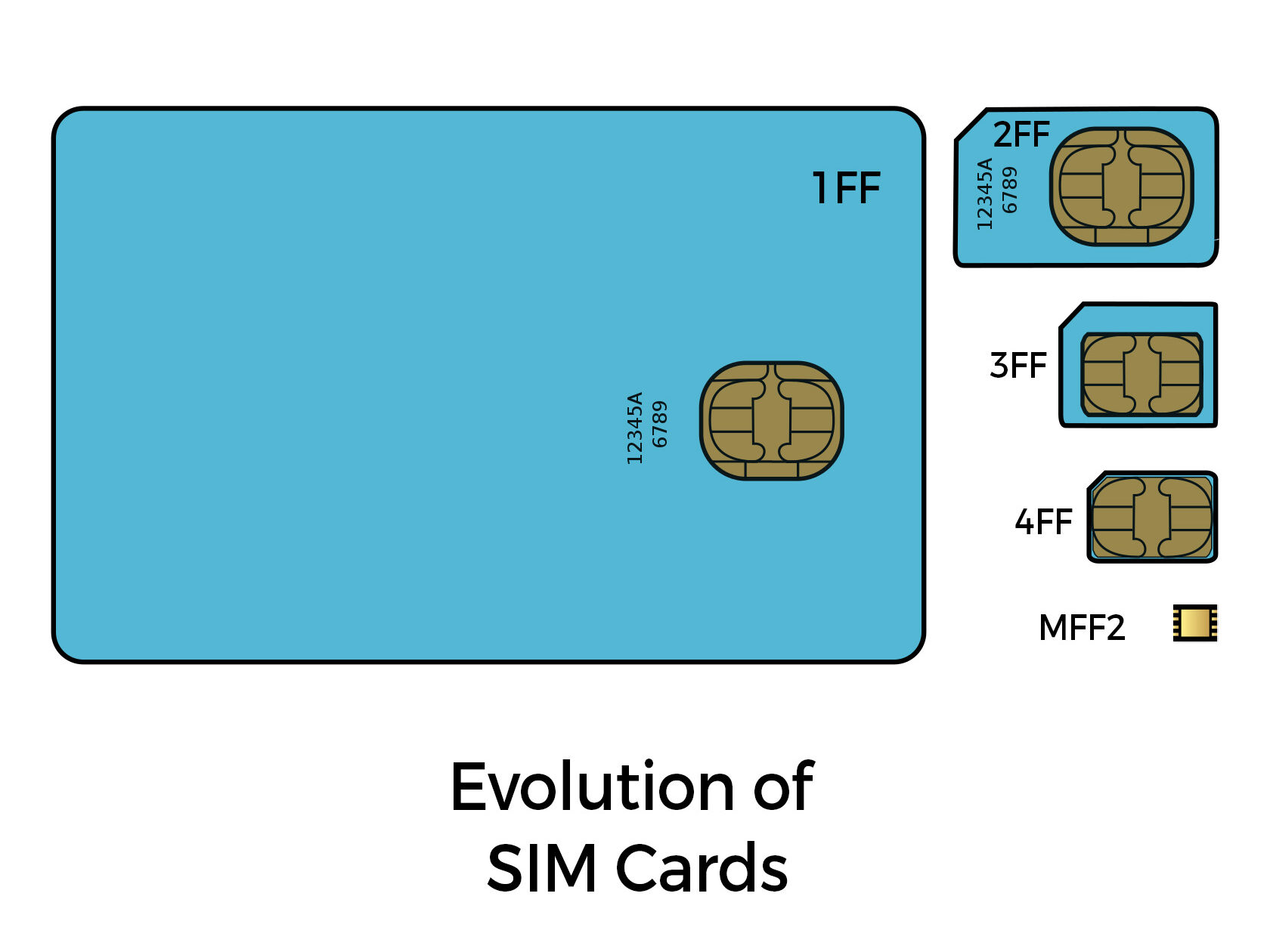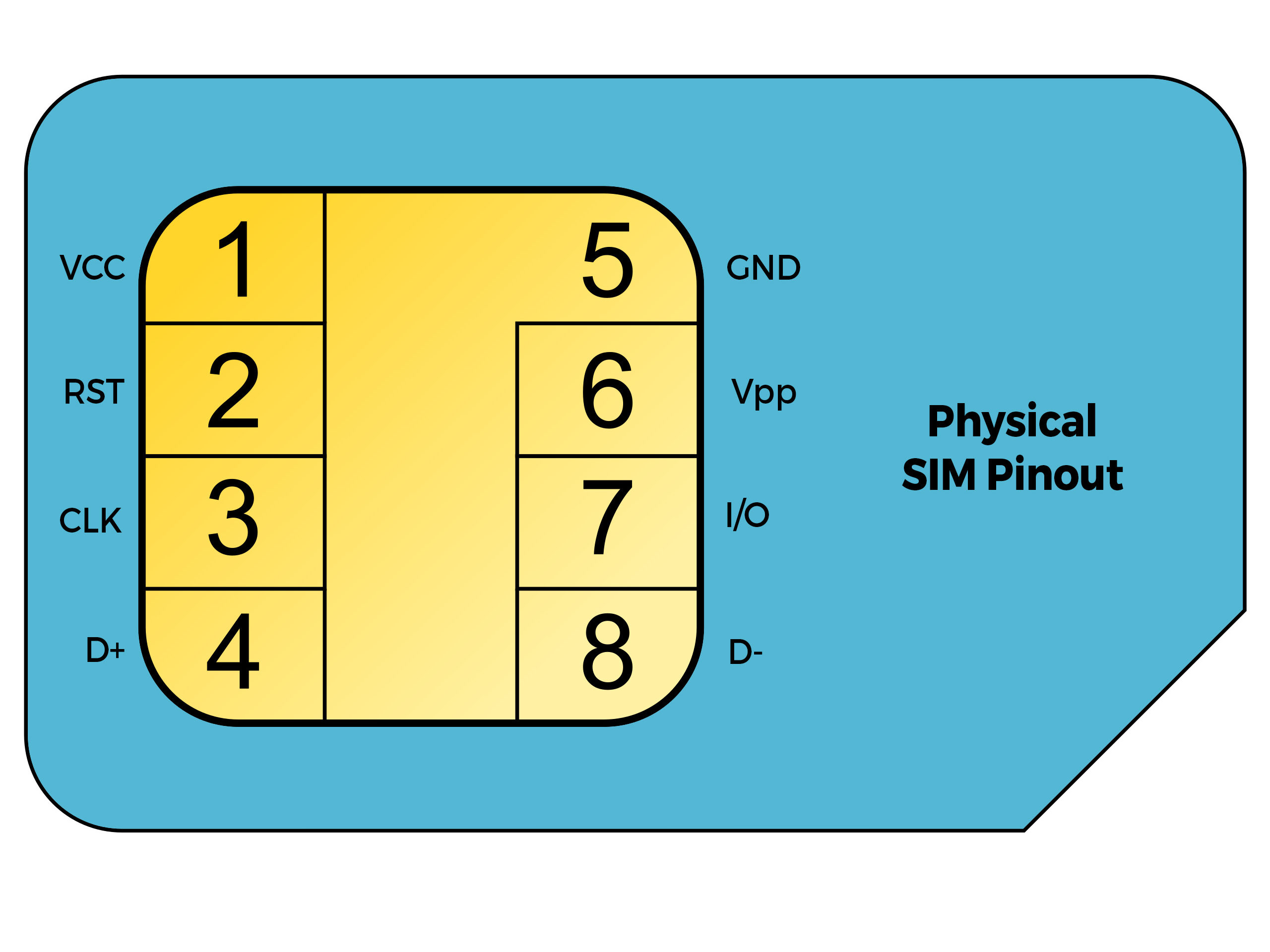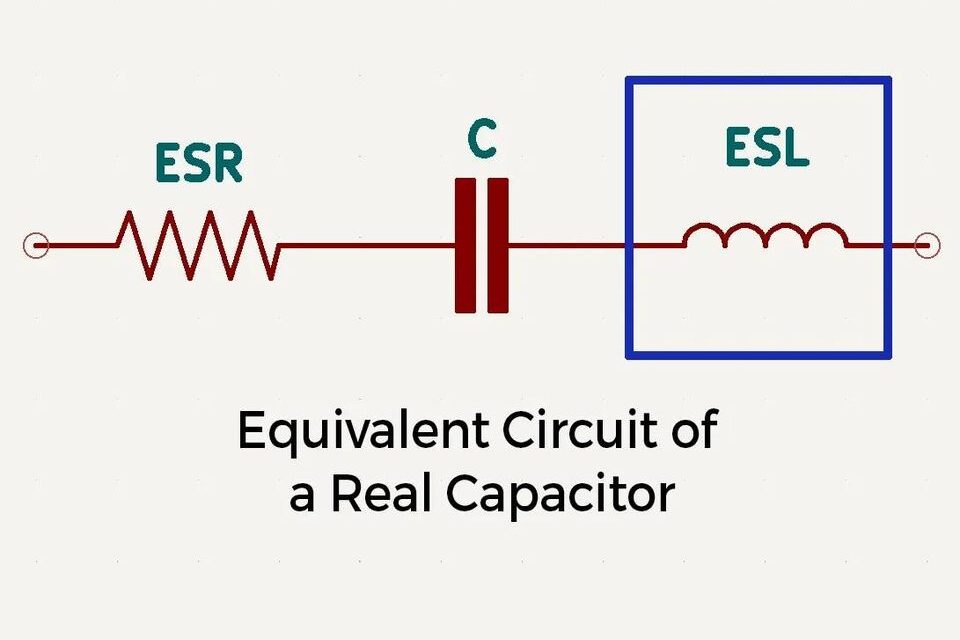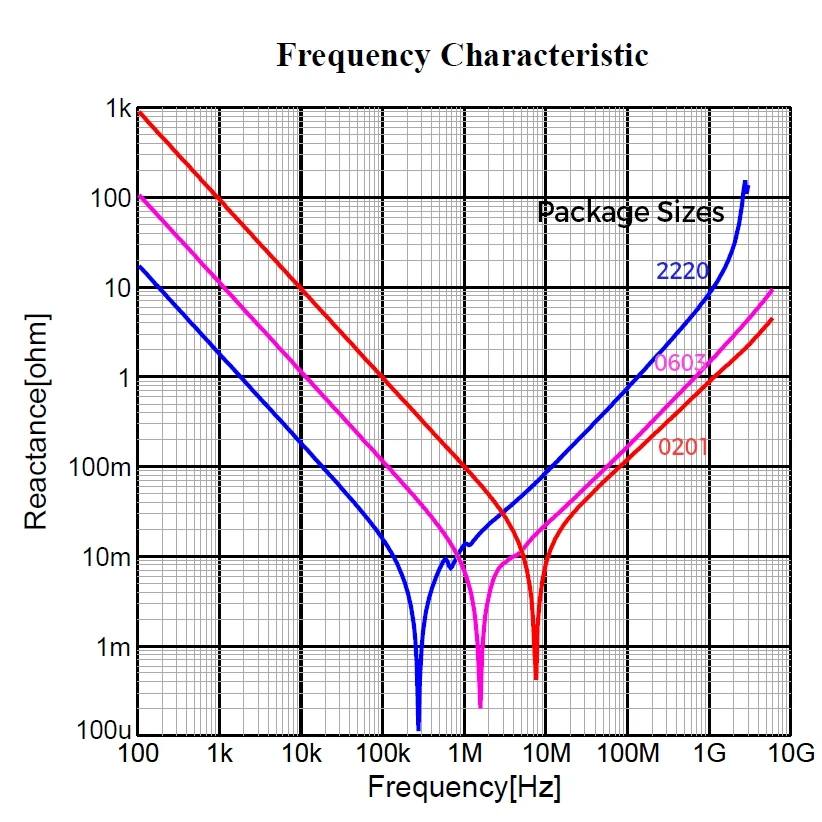
Folks who have been using phones for the last 10+yrs would have probably seen the evolution of SIM “Cards”. The Physical Plastic card(known as universal integrated circuit card (UICC)) SIMs had a large Credit card size, called 1FF(1st Form factor) in the very early 90s. The smaller one 2FF(Mini) would be one most are familiar with. The SIMs just continued to drop in size to 3FF(Micro) and 4FF (Nano) as phones wanted to pack more and more. The inherent technology used is more or less the same in these generations. Usually, a telecom operator hard-codes their details onto this plastic SIM and then the moment you put this Physical SIM in your phone, it activates and you can communicate with your mobile tower. It contains a small microchip that stores the info.

eSIMs(Embedded SIM) have been in the market since 2016 and have started to gain traction with higher-end phones starting to support them. It’s actually a software stack(embedded-UICC standard) that enables a user to virtually load their network profiles via an application. They “usually” come as a small chip soldered directly onto your phone’s motherboard. The form factor size is called MFF2(Machine to Machine form factor). Formfactor has nothing to do with it being an eSIM or not. There are a lot of articles wrongly mentioning that since it’s a soldered chip in MFF2 form, it’s an eSIM. eSIMs are possible with physical cards too. The benefits of eSIMs are that you can rewrite the memory and load any operator on top of it with a configuration file. Multiple profiles can be loaded on a single chip too for ease of swapping profiles. It’s not hardcoded anymore. It’s tiny and usually resistant to mechanical motion abuse as the previous generation cards. These MFF2 chips can be beefy microcontrollers(ARM Cortex M3 similar) with encryption cores.
iSIMs(Integrated SIM) are the extension of eSIMs wherein there is no external chip anymore. It’s all integrated into your chipset/SoC. It has all the benefits of eSIM but just doesn’t take up any more PCB area as it’s implemented inside the chip. In a few years’ time, pretty sure this will be the way ahead for the industry.

